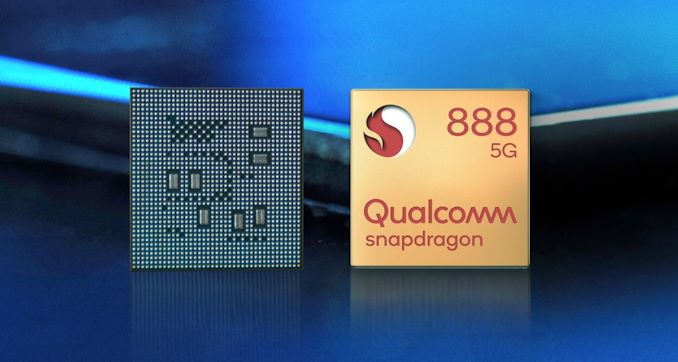
Difference Between DDR and GDDR
GDDR (Graphics Double Data Rate) and DDR (Double Data Rate) are both types of DRAM (Dynamic Random Access Memory) that serve distinct purposes in computing systems. While both memory types utilize similar technologies to achieve high data transfer rates, they are optimized for different applications and exhibit significant differences in architecture, performance, and intended use. Here’s a detailed exploration of the differences between GDDR and DDR memory.
1. Purpose and Applications
GDDR:
- GDDR is specifically designed for graphics processing tasks. It is used primarily in graphics cards, gaming consoles, and other devices that require high bandwidth for rendering images and video.
- Applications include gaming, 3D rendering, video editing, and machine learning, where rapid access to large amounts of graphical data is essential.
DDR:
- DDR memory, on the other hand, is used in general computing tasks. It is commonly found in desktops, laptops, and servers for a wide variety of applications, including running operating systems, applications, and general multitasking.
- DDR serves as the primary system memory, supporting various workloads like web browsing, document editing, and running enterprise applications.
2. Architecture
GDDR:
- GDDR memory is architected for high bandwidth and low latency, tailored to the needs of graphics rendering. It often employs a wider bus interface and larger memory banks to facilitate quick access to graphical data.
- GDDR includes optimizations such as a dual-channel interface, which allows for simultaneous data transfers, enhancing overall performance.
- The memory controller in GDDR is designed to handle the unique demands of graphics data, allowing for greater parallelism and more efficient prefetching.
DDR:
- DDR memory is optimized for a balance of performance and power efficiency across a range of computing tasks. It features a more generalized architecture that is suitable for diverse workloads.
- DDR employs a traditional memory interface and typically uses a single-channel or dual-channel architecture, which provides adequate performance for standard applications.
- The memory controller in DDR is designed to support various memory access patterns, ensuring compatibility with a wide range of applications.
3. Performance Characteristics
GDDR:
- GDDR memory provides significantly higher bandwidth compared to DDR. This is critical for applications that require rapid transfer of large datasets, such as high-resolution textures and complex 3D models.
- GDDR typically operates at higher clock speeds and has higher data transfer rates, which can range from 5 Gbps (GDDR5) to over 21 Gbps (GDDR6X) in the latest iterations.
- The power consumption of GDDR memory is often higher, particularly under load, but newer generations focus on efficiency improvements to balance performance with energy usage.
DDR:
- DDR memory offers lower bandwidth compared to GDDR, but it is sufficient for general computing tasks. Data rates can range from 2.1 Gbps (DDR2) to 3.2 Gbps (DDR4), and up to 6.4 Gbps for DDR5.
- DDR memory is typically more power-efficient, making it a better choice for devices where energy conservation is important, such as laptops and tablets.
- The latency of DDR memory is usually higher than that of GDDR due to the generalized architecture and design.
4. Memory Types and Generations
GDDR Generations:
- GDDR1 to GDDR6X: Each generation of GDDR has introduced improvements in data rates, bandwidth, and power efficiency. GDDR6X, for instance, utilizes PAM4 signaling to double the effective data rate, making it exceptionally fast for high-end applications.
DDR Generations:
- DDR to DDR5: Similarly, DDR memory has evolved from DDR1 to DDR5, with each iteration enhancing performance, reducing latency, and increasing bandwidth. DDR5, for instance, introduces features like dual-channel DIMMs for improved data handling.
5. Cost and Availability
GDDR:
- GDDR memory tends to be more expensive than DDR memory due to its specialized design and manufacturing processes. The higher cost reflects the advanced capabilities and performance characteristics required for graphics applications.
- Availability can fluctuate based on demand in the gaming and graphics markets, especially during peak gaming seasons or when new consoles and graphics cards are released.
DDR:
- DDR memory is generally more affordable and widely available due to its broader application across various devices and systems. The competition among manufacturers helps keep prices relatively stable.
- DDR is produced in larger volumes, making it more accessible for consumers and businesses alike.
6. Heat Management
GDDR:
- Due to its high performance and power consumption, GDDR memory often generates more heat. Graphics cards equipped with GDDR typically have sophisticated cooling solutions, including heat sinks and fans, to manage temperatures during heavy workloads.
DDR:
- DDR memory usually produces less heat compared to GDDR, making it easier to manage in systems without elaborate cooling systems. This characteristic is especially important in compact devices where thermal management is crucial.
Conclusion
In summary, while both GDDR and DDR memory serve essential roles in computing, they are optimized for very different applications. GDDR is tailored for high-performance graphics processing, providing the necessary bandwidth and low latency required for rendering and displaying complex visuals. DDR, conversely, is designed for general computing tasks, striking a balance between performance and power efficiency.
As technology continues to advance, both types of memory will evolve, but their fundamental differences in architecture, performance, and application will remain significant. Understanding these differences is crucial for consumers, gamers, and professionals who seek to optimize their systems for specific tasks, whether it be for gaming, content creation, or general computing.
Other

What is HBM (High Bandwidth Memory)?
2024.09.05

What is Antenna Tuner IC?
2024.09.20

What’s the Difference between LPDDR and DDR?
2024.09.25

Snapdragon 888 5G Mobile Platform
2024.09.26

What is WiFi 6E?
2024.09.26

What is Bluetooth Audio SoC?
2024.09.26

What's HBM3E (High Bandwidth Memory 3)?
2024.09.26

What is an Audio Codec?
2024.10.09





